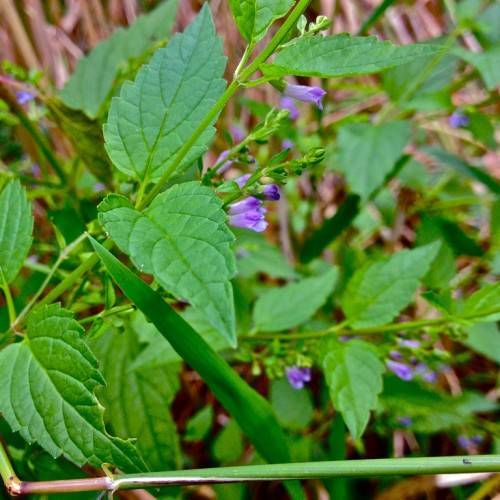
mad-dog scullcap
Scutellaria lateriflora
Cycle:
Herbaceous Perennial
Watering:
Frequent
Hardiness Zone:
3 - 9
Flowers:
Flowers
Sun:
Full sun,part shade
Leaf:
Yes
Growth Rate:
Low
Maintenance:
Low
Drought Tolerant:
Yes
Care Level:
Medium
watering
Mad-dog scullcap prefers soils with high organic matter and must not be allowed to dry out completely; regular waterings are required to keep the soil slightly moist. Water the soil deeply when the top of the soil is just beginning to dry. This will provide the deep soak that mad-dog scullcap likes. Water 1 to 2 times a week depending on your soil's ability to retain moisture. Provide a good amount of water, allowing the soil to become evenly moist but not soggy. Reduce watering during the winter months when the plant goes dormant.
sunlight
Mad-dog scullcap (Scutellaria lateriflora) is a perennial flowering plant native to North America. It needs plenty of sunlight to thrive, and performs best when it receives a minimum of 5 to 6 hours of direct sun each day. The plant can tolerate partial shade, but will not flower or reach its best potential without at least 5 hours of direct sunlight. While direct afternoon sunlight is ideal, the plant will also benefit from some morning sun and filtered light in the early evening.
pruning
Mad-dog scullcap (Scutellaria lateriflora) should be pruned in late winter or early spring before new growth begins. Pruning should consist of removing up to a third of the older, woody branches and cutting back to a bud, leaf or other healthy portion of the plant. Pruning will help to promote vigorous growth and vibrant bloom. In addition, lightly shaping the plant with hand clippers will help to open the plant up, allowing for more air circulation.
